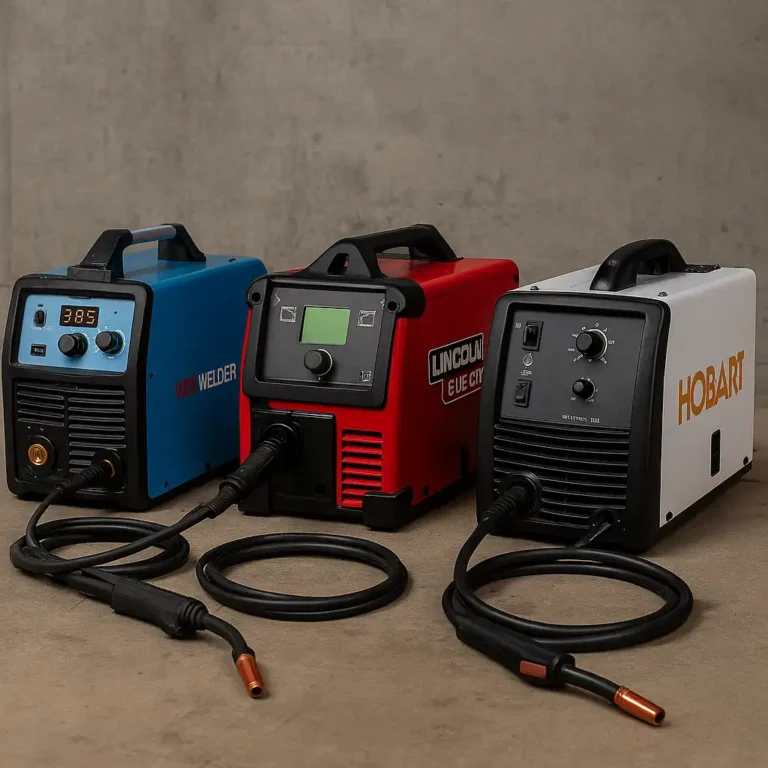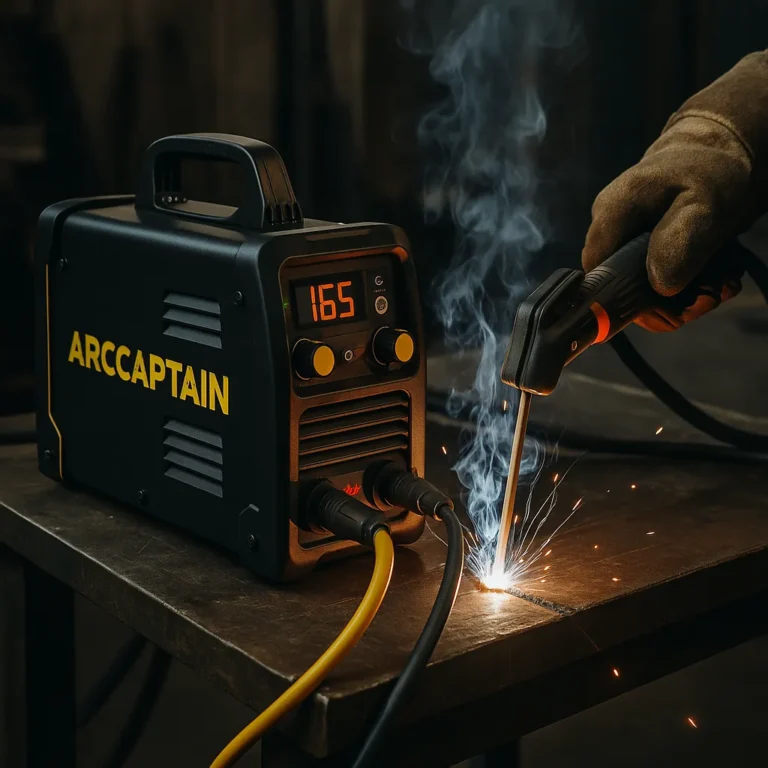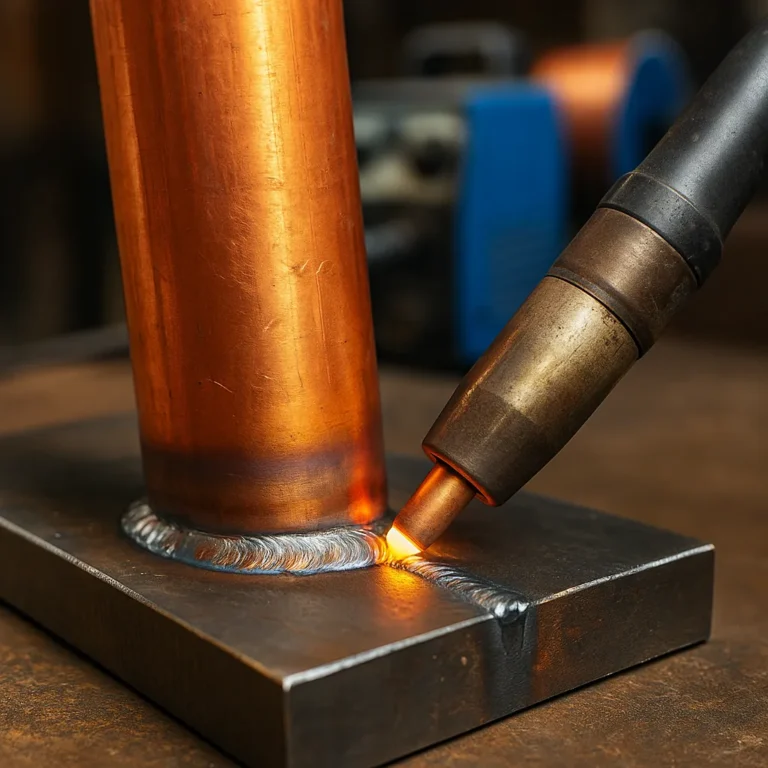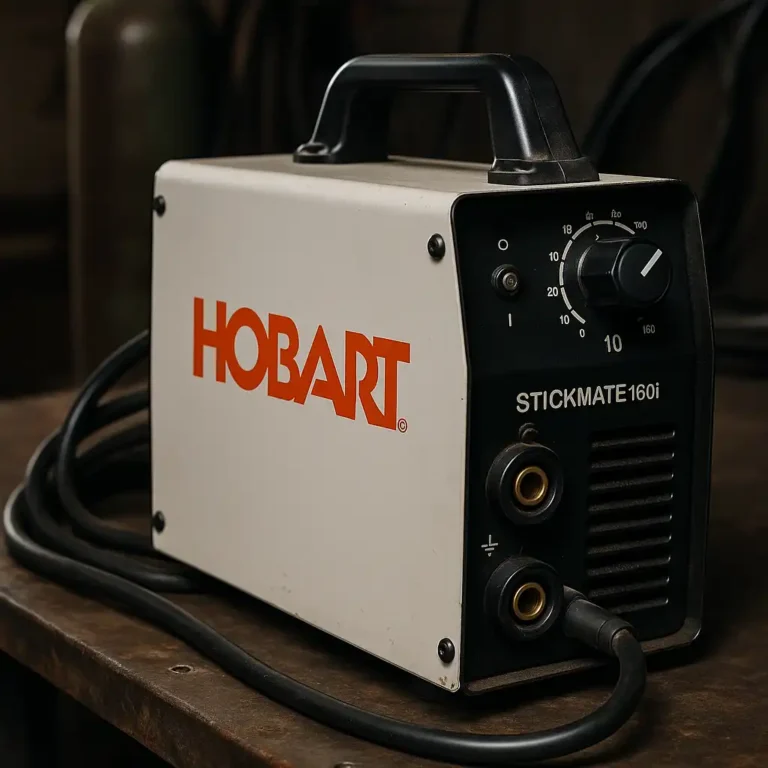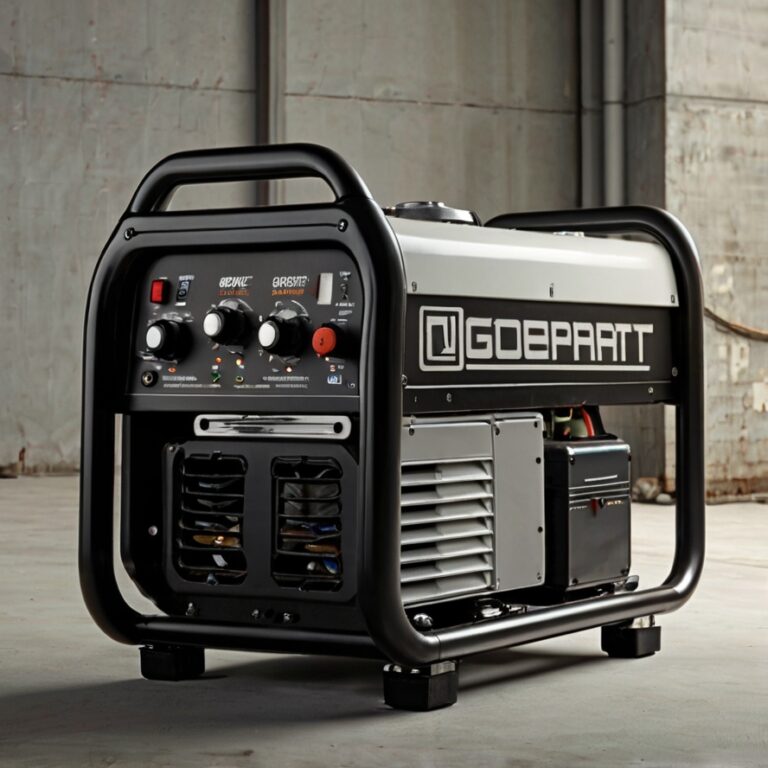Millermatic 211 or Hobart 210 MVP – Find Your Welding Powerhouse

Disclosure: This post contains affiliate links. As an Amazon Associate, I earn from qualifying purchases—at no extra cost to you.
Choosing the right MIG welder can be challenging, especially when faced with two popular options: the Millermatic 211 and the Hobart 210 MVP. Both models are known for their performance, reliability, and versatility, but which one is best for your welding needs? Let’s break down each model’s features, strengths, and ideal use cases.
Millermatic 211 – Powerful Yet Portable
The Millermatic 211 is a versatile welding machine designed for both professionals and DIY enthusiasts. Known for its smooth arc performance and Auto-Set feature, this model eliminates guesswork when setting the correct parameters. Whether you’re welding thin sheets or thicker metals, the Millermatic 211 adjusts itself for optimal results.
Key Features:
- Auto-Set Technology: Automatically sets voltage and wire feed speed for easier operation.
- Multi-Voltage Plug: Allows you to switch between 120V and 240V for flexibility.
- Inverter Technology: Ensures a lightweight yet powerful performance.
- Duty Cycle: 40% at 150A (240V), making it ideal for longer welding tasks.
- Weight: At just 38 lbs., it’s highly portable.
The Millermatic 211 is a solid choice for those seeking a user-friendly welder that handles various thicknesses easily.
Hobart 210 MVP – Reliable and Versatile
The Hobart 210 MVP is a heavy-duty welder that combines power and precision. It’s perfect for home hobbyists, small workshops, and contractors looking for a dependable machine with ample power for tough jobs.
Key Features:
- Multi-Voltage Plug: Like the Millermatic 211, it operates on both 120V and 240V power sources.
- 7 Voltage Settings: Offers better control for achieving precise welds.
- Robust Output Range: Delivers 25–210 amps for superior power across various materials.
- Durable Build: Rugged and built to withstand demanding environments.
- Weight: Weighs approximately 79 lbs., making it less portable but extremely stable.
If you need a welder capable of handling thick materials like heavy steel or structural projects, the Hobart 210 MVP is a powerful option.
Which Welder Is Best for You?
- For portability and ease of use, The Millermatic 211 is your go-to option.
- For raw power and versatility, The Hobart 210 MVP takes the lead.
Both models are highly capable, so the ideal choice depends on your welding style, materials, and portability needs.
Related Articles You Might Find Helpful
- Millermatic 211 Review
- Lincoln Power MIG 211i MIG Welder Review
- Hobart Handler 190 vs Lincoln 180
- How to Choose the Right Welding Machine
- Hobart 12ci Review: The Plug-and-Play Plasma Cutter
Choosing between these two powerful welders can feel daunting, but with the right insights, you’ll make the best decision for your projects.

